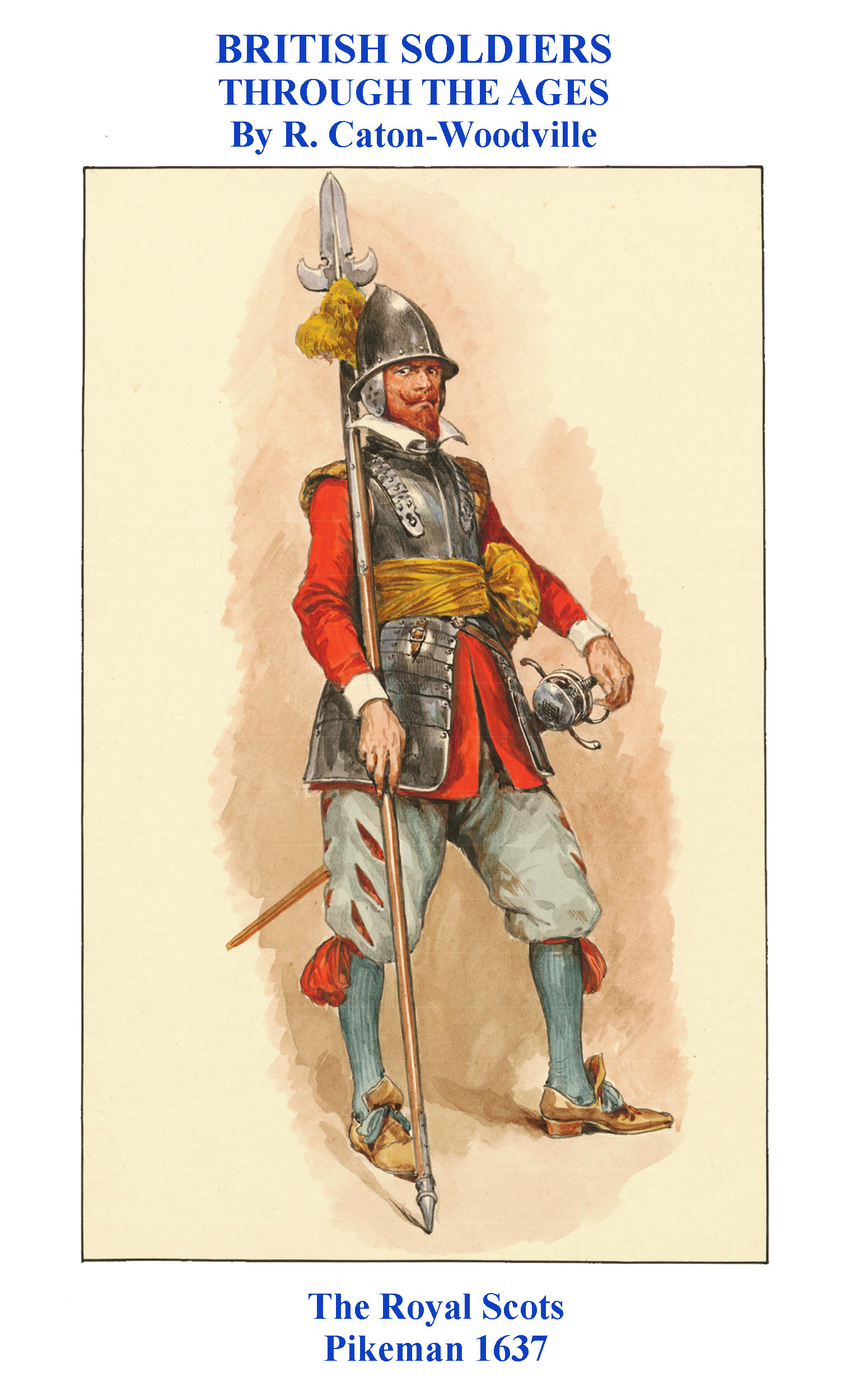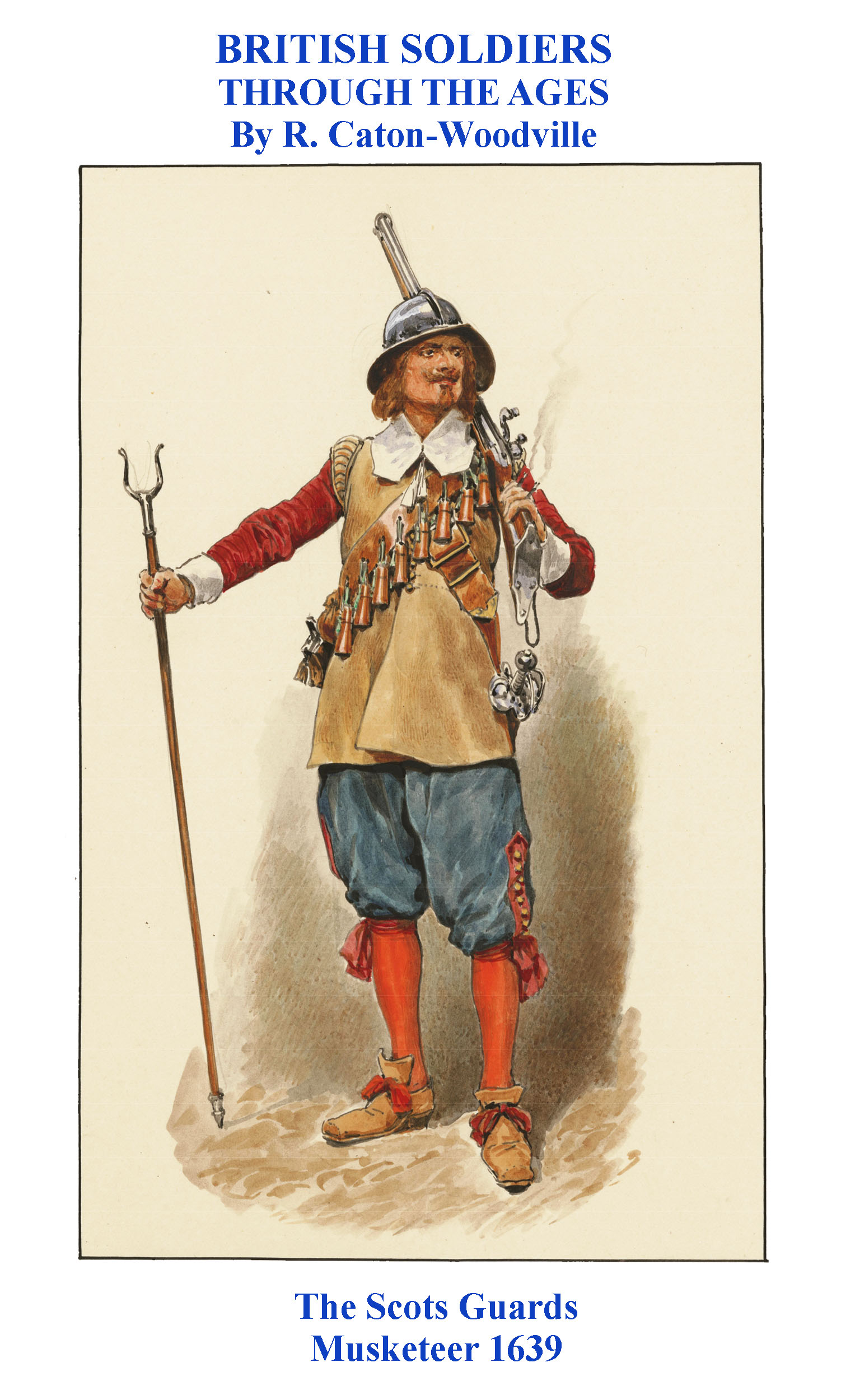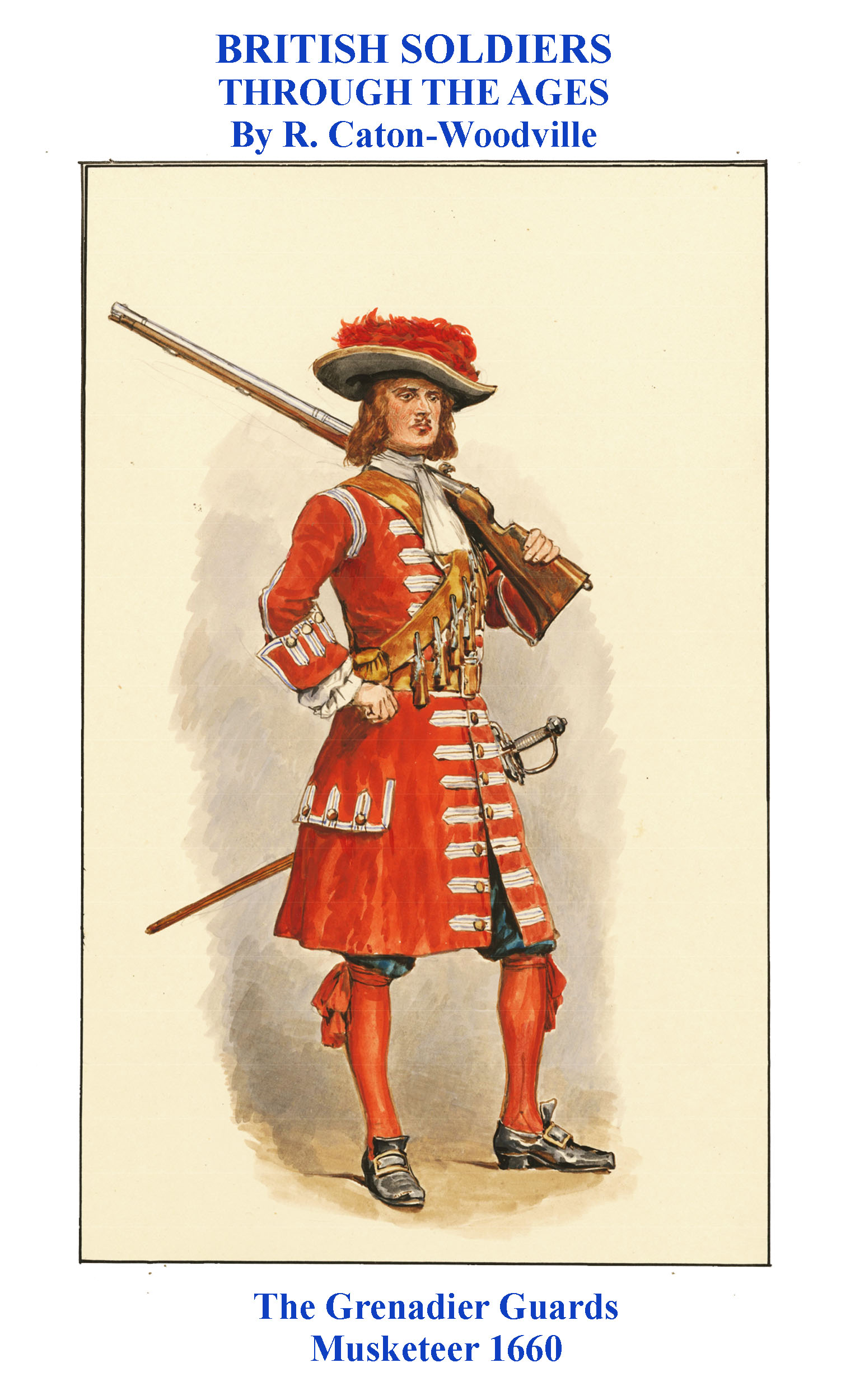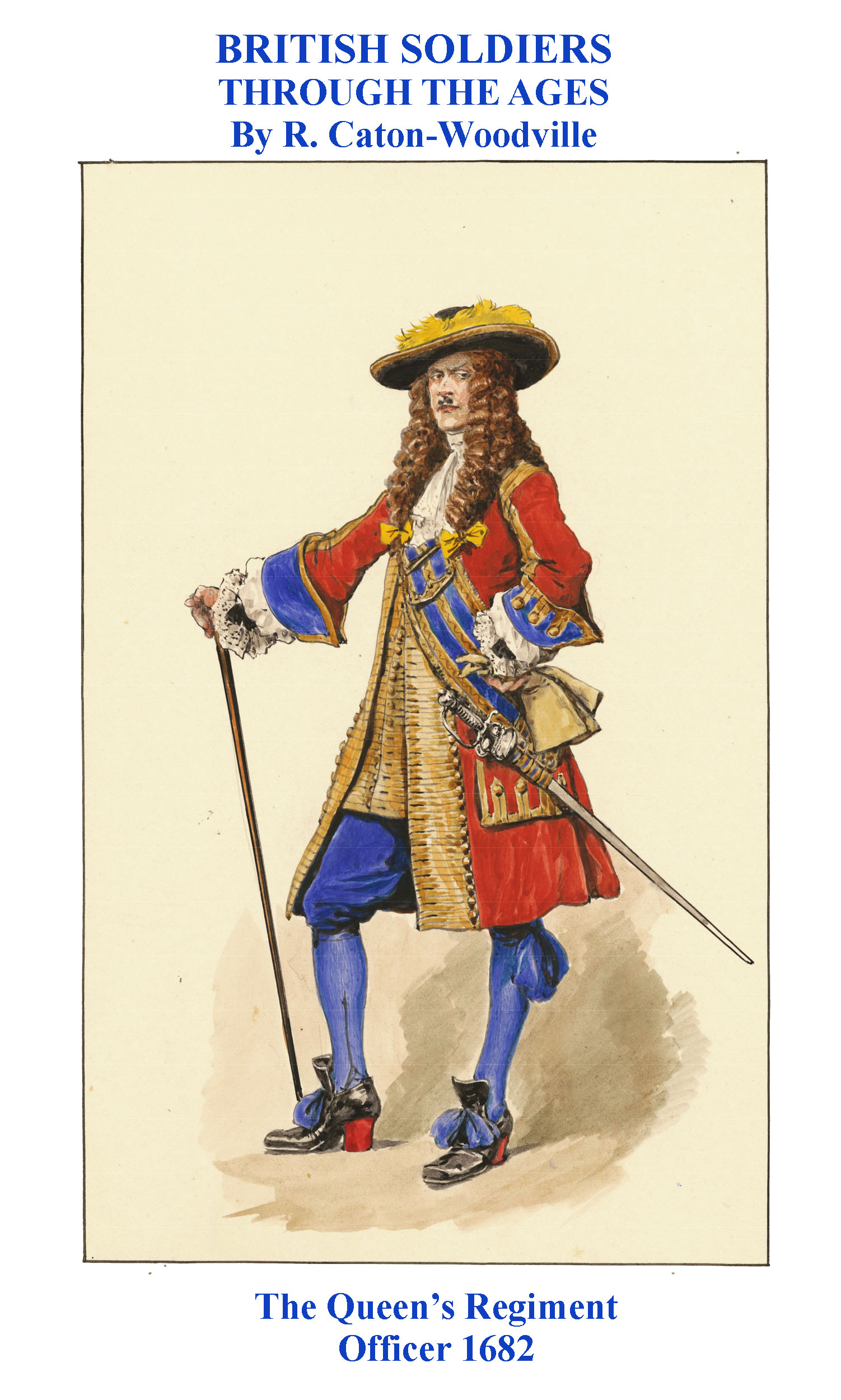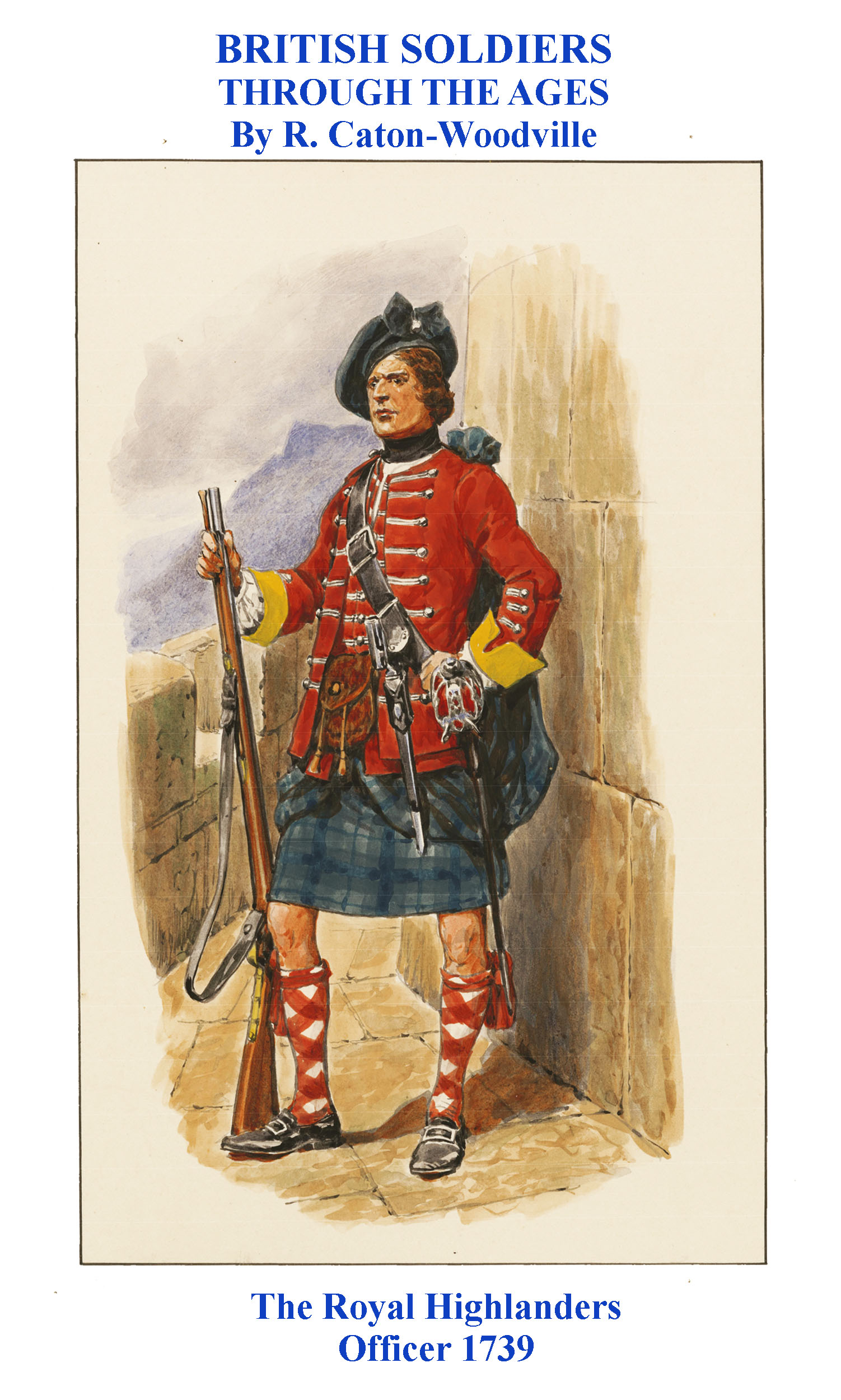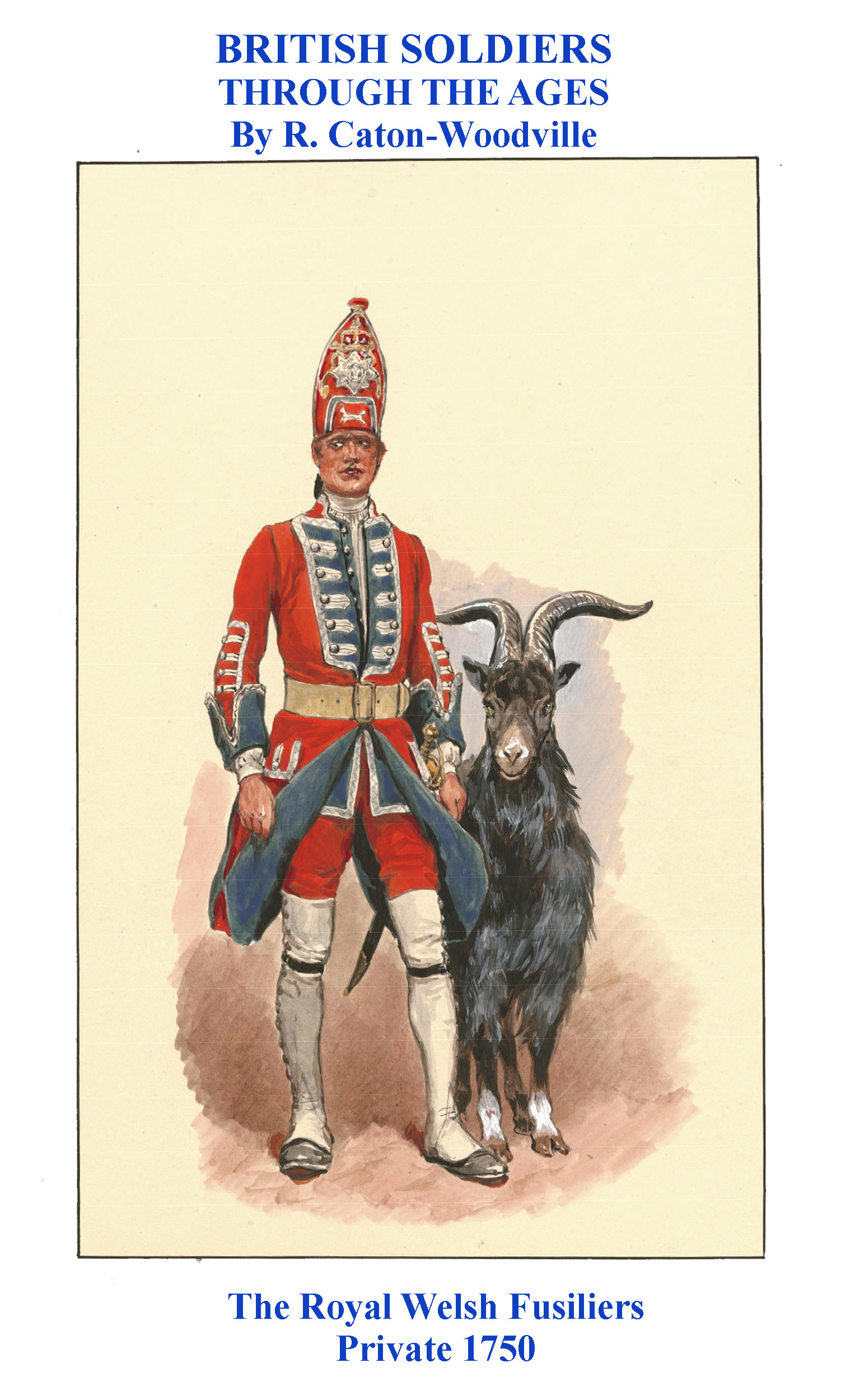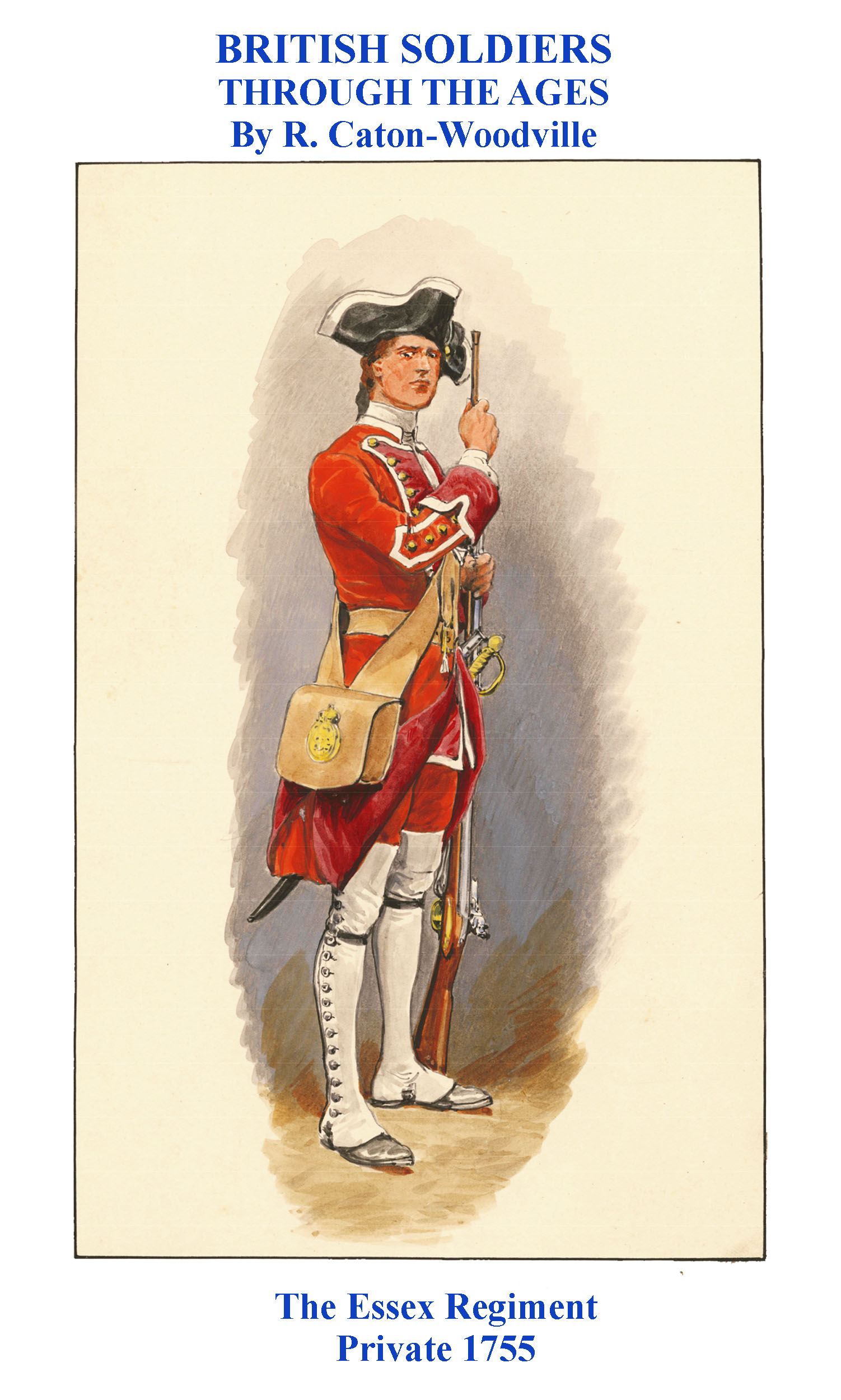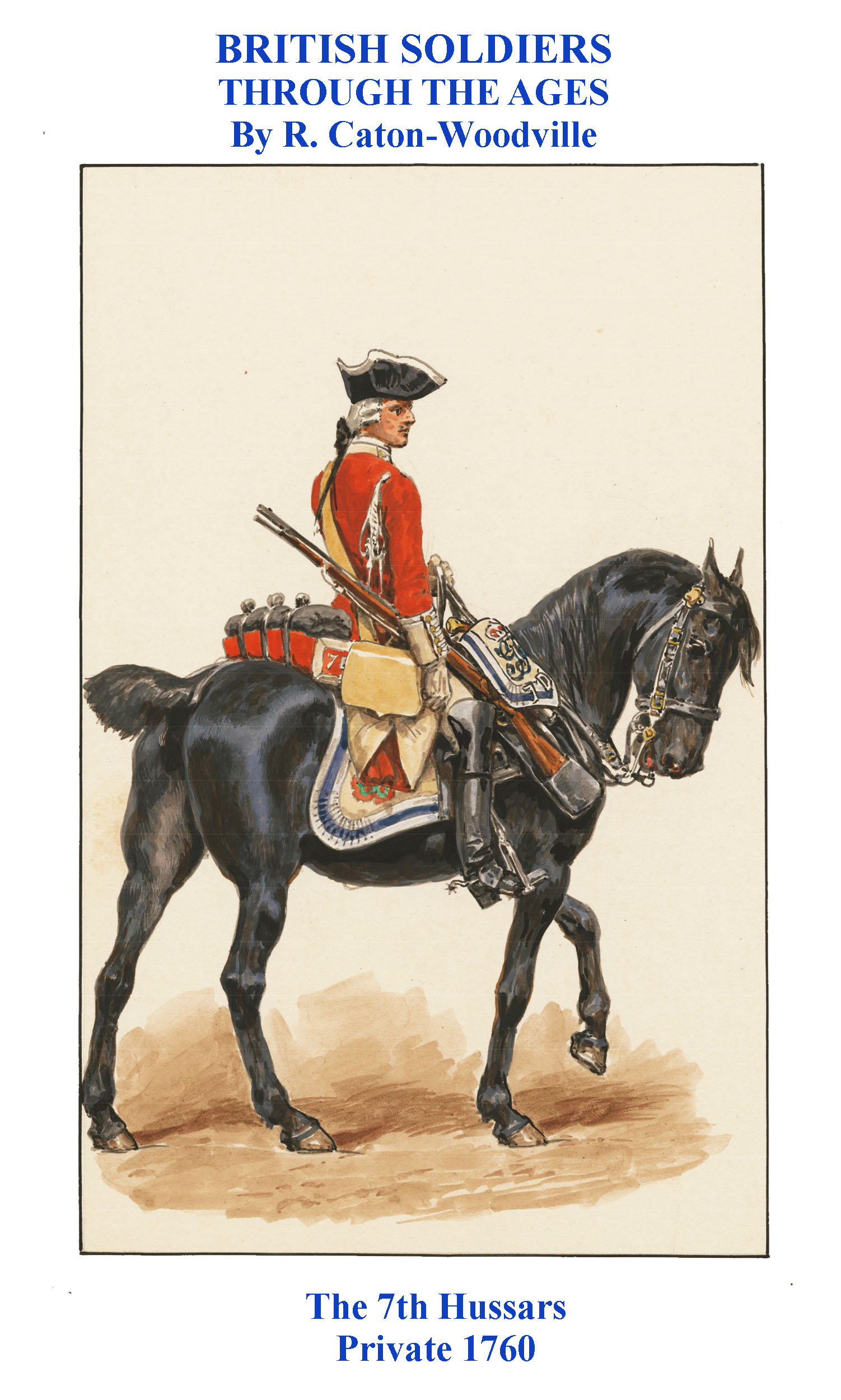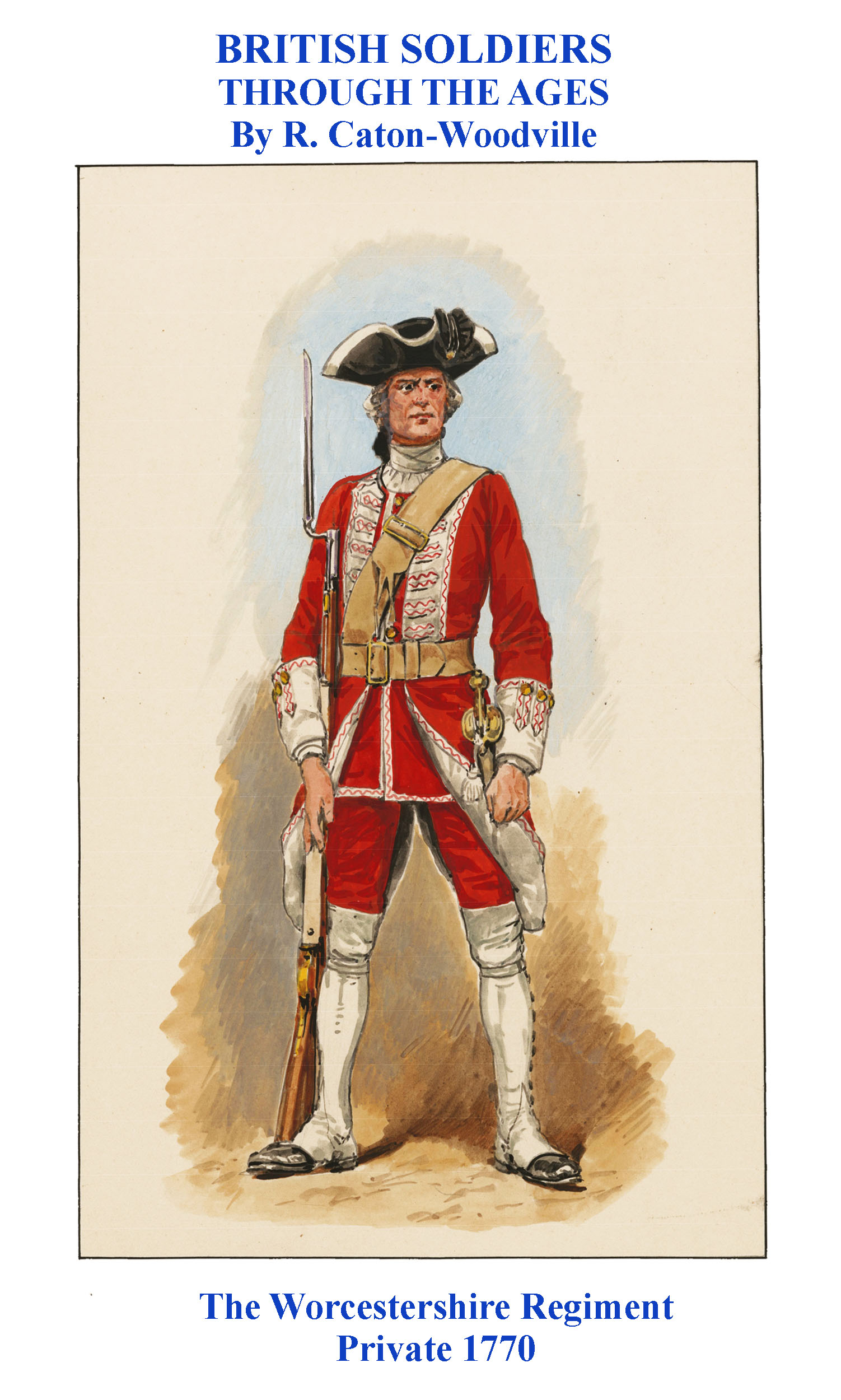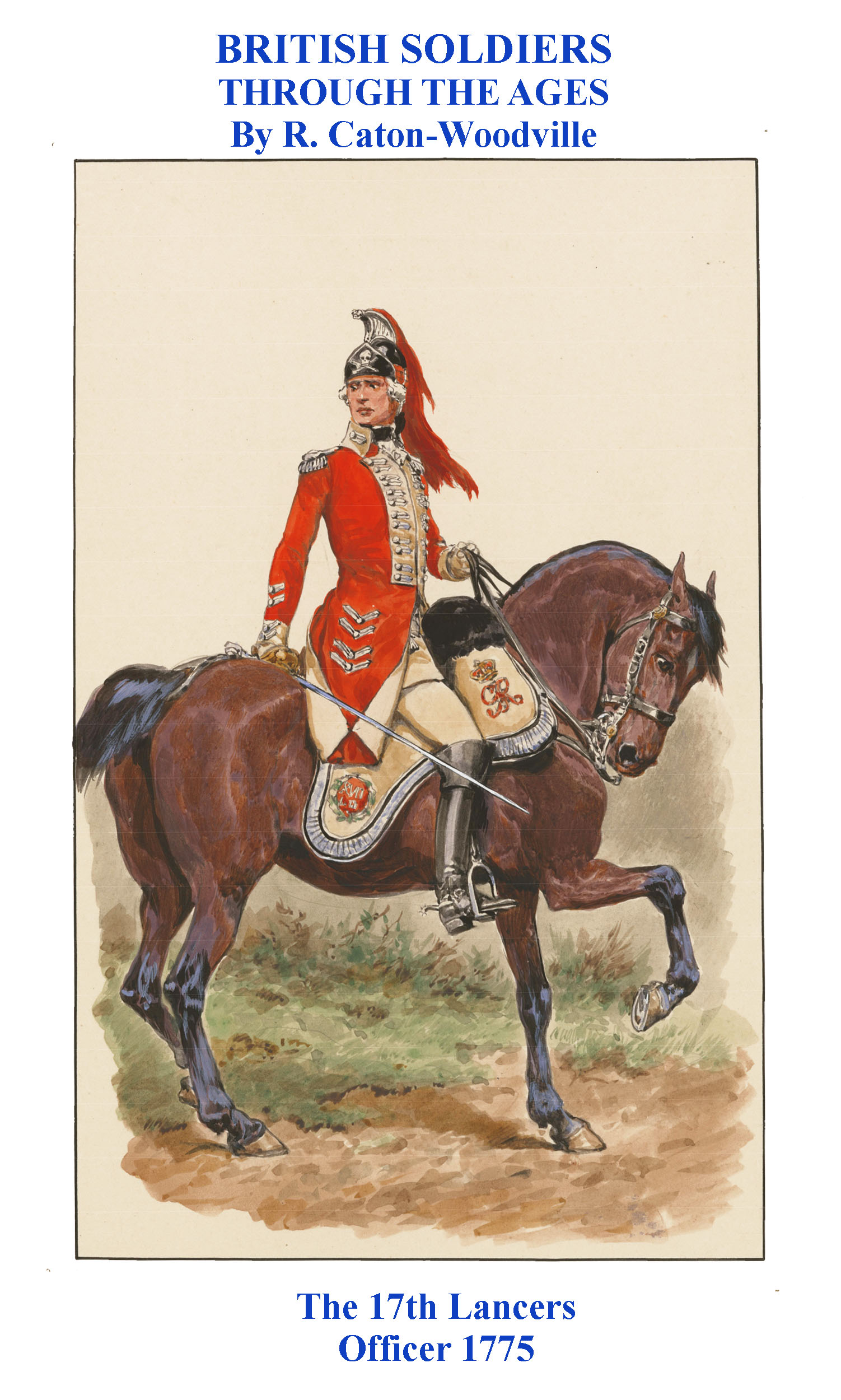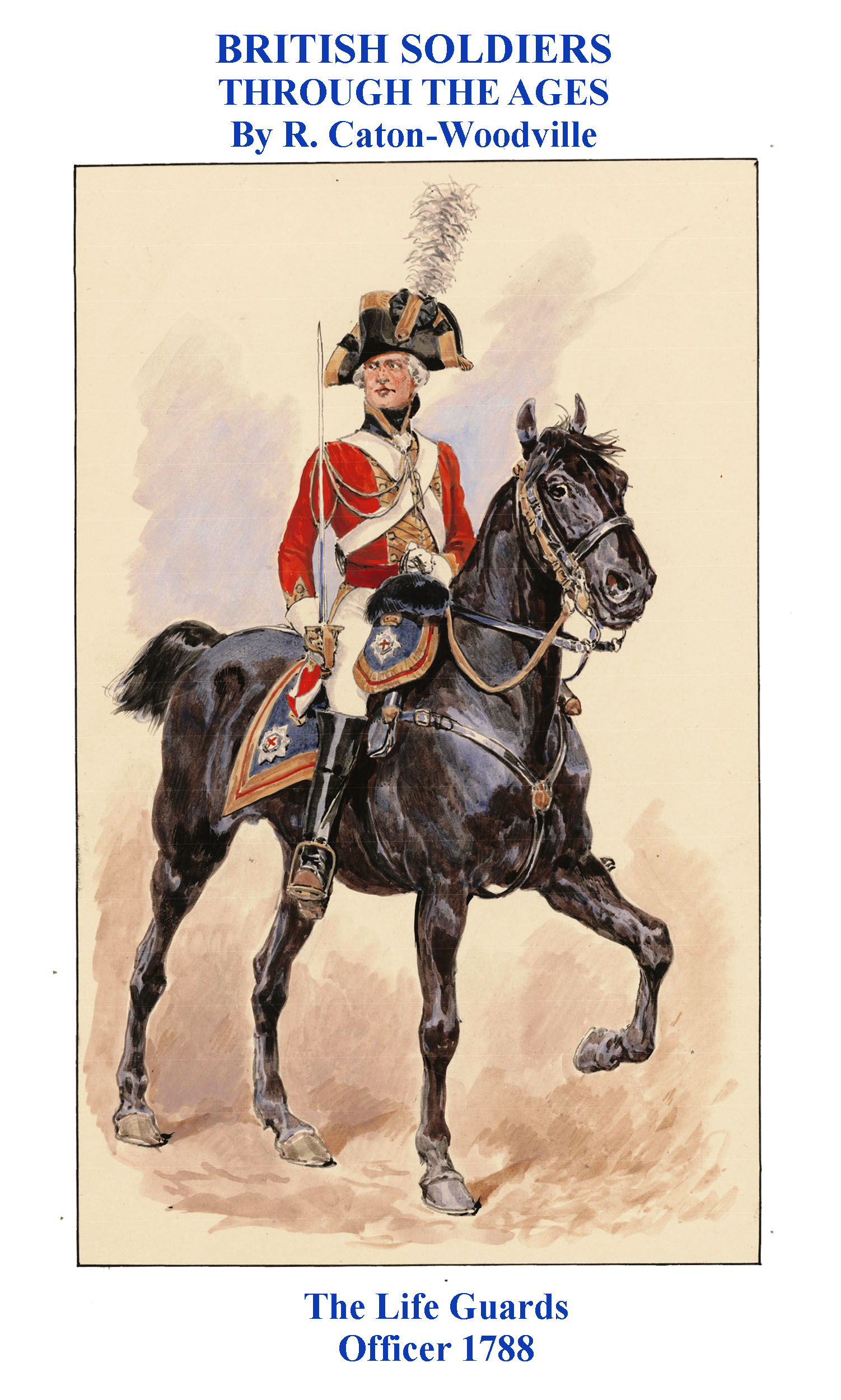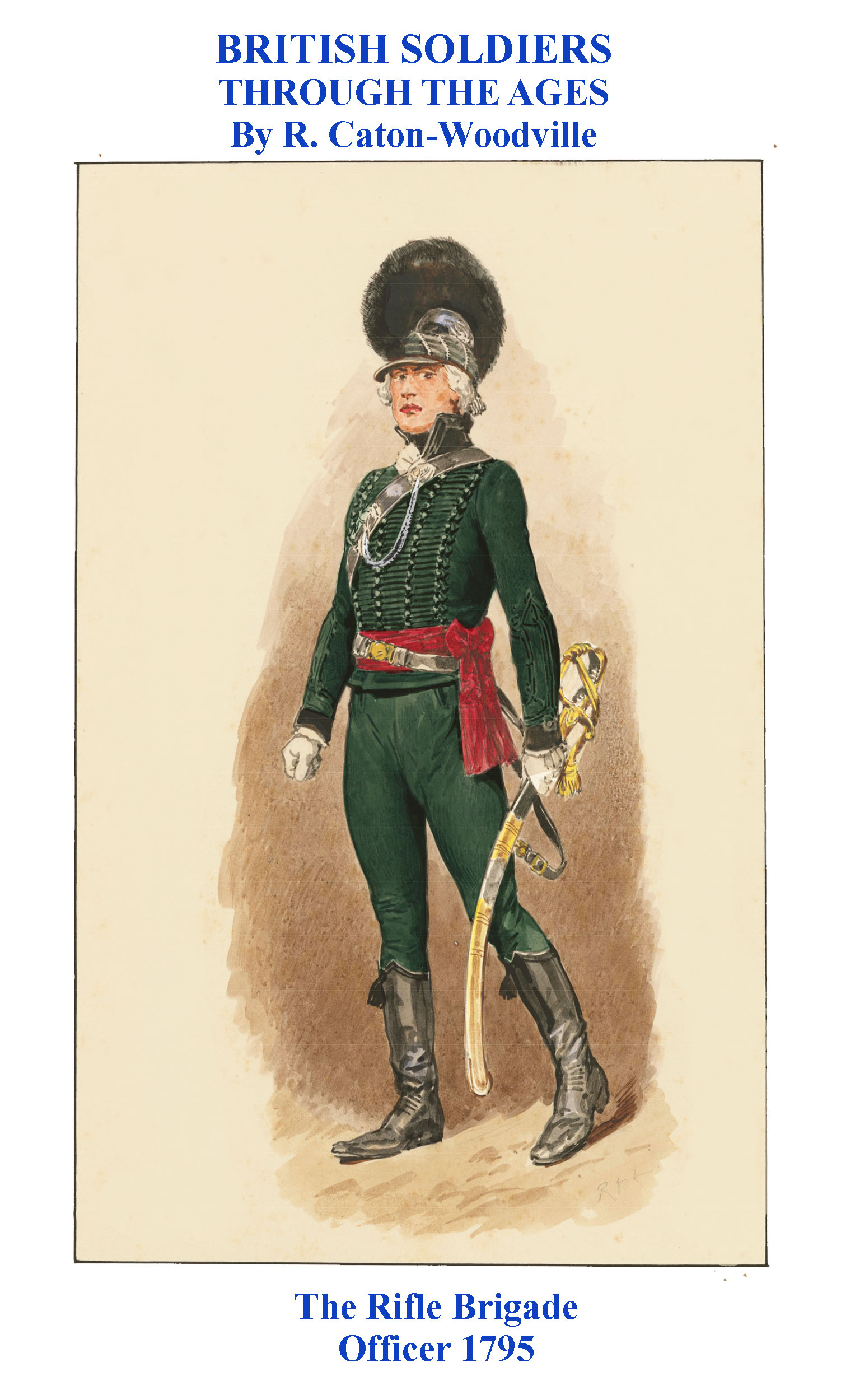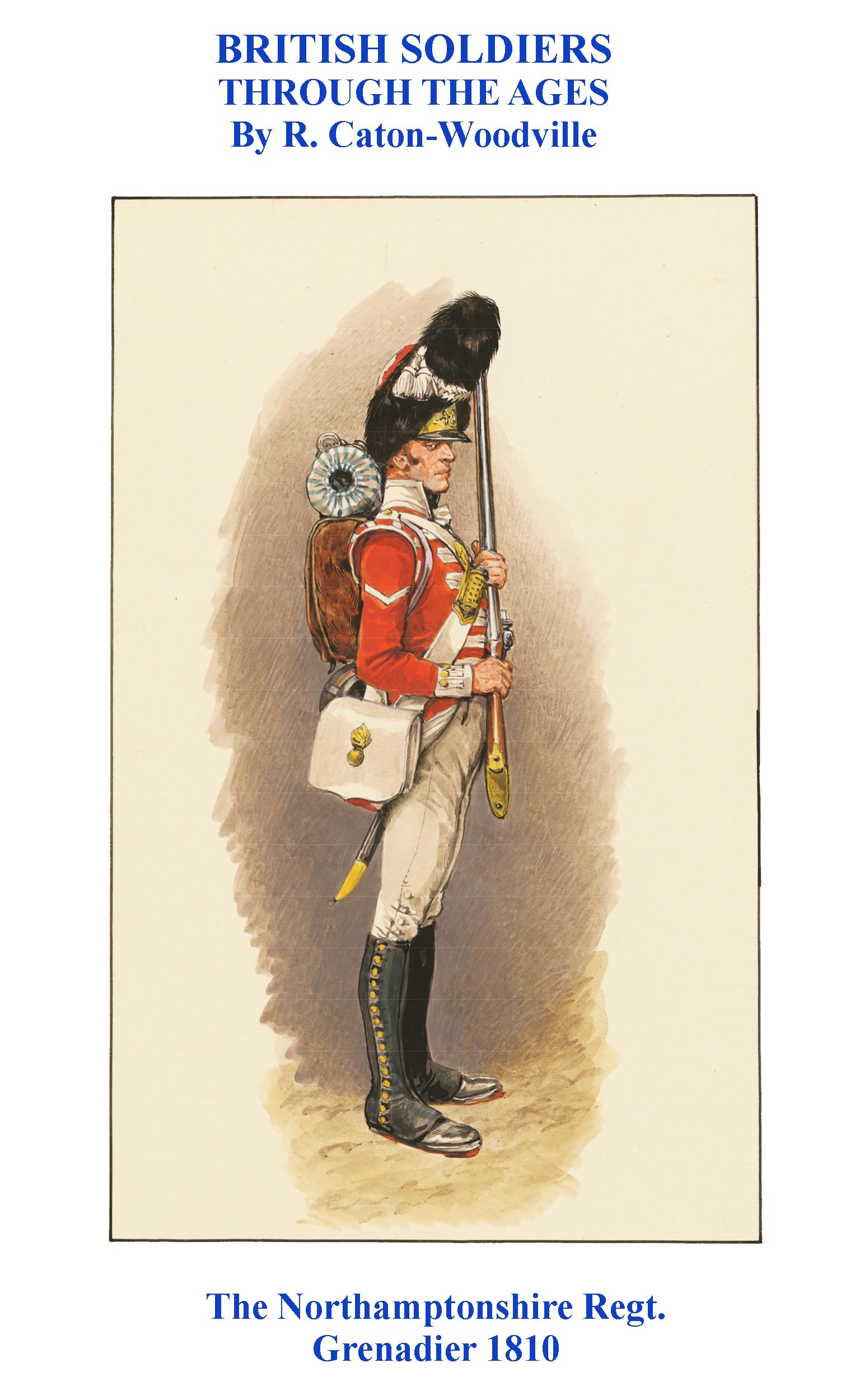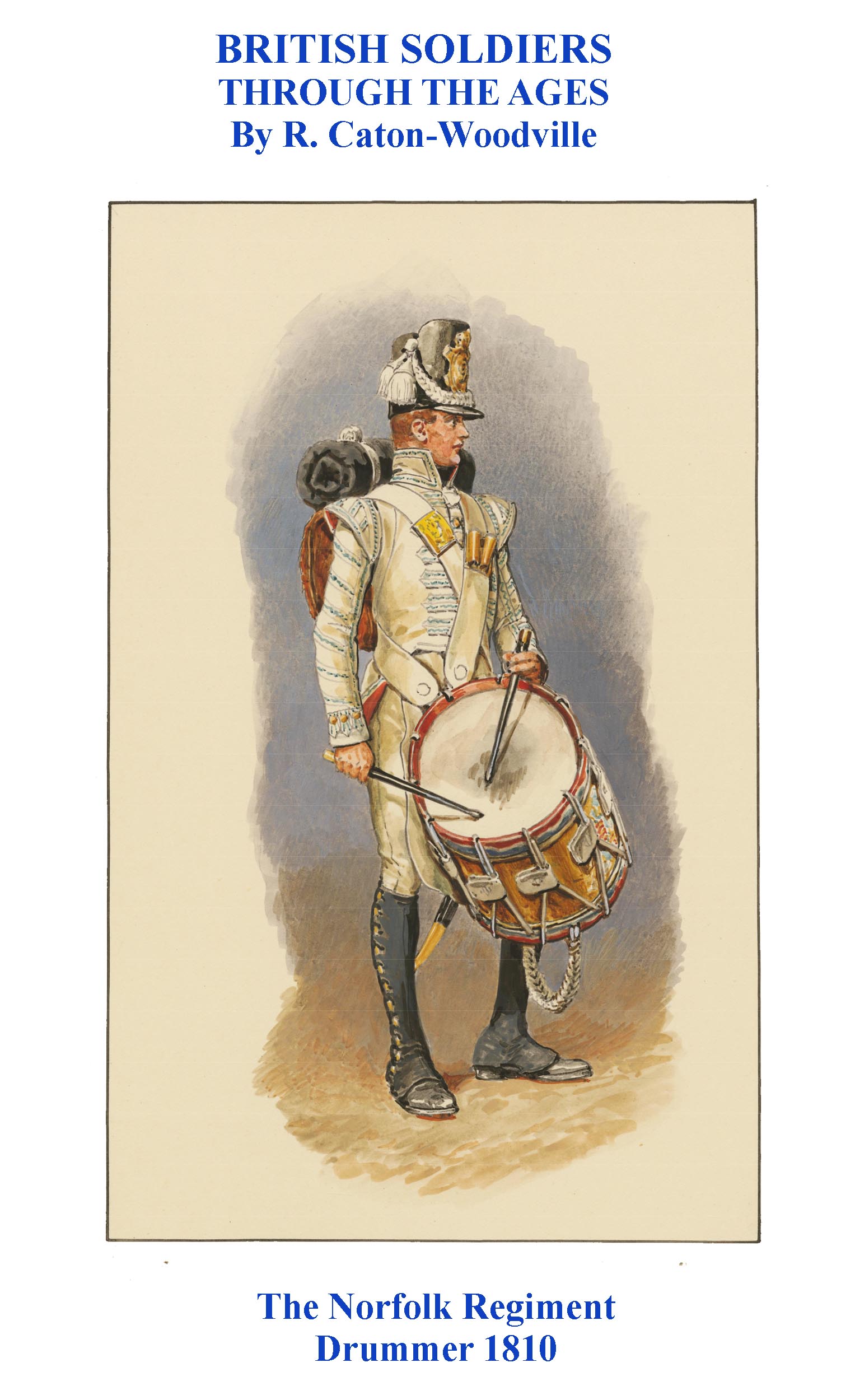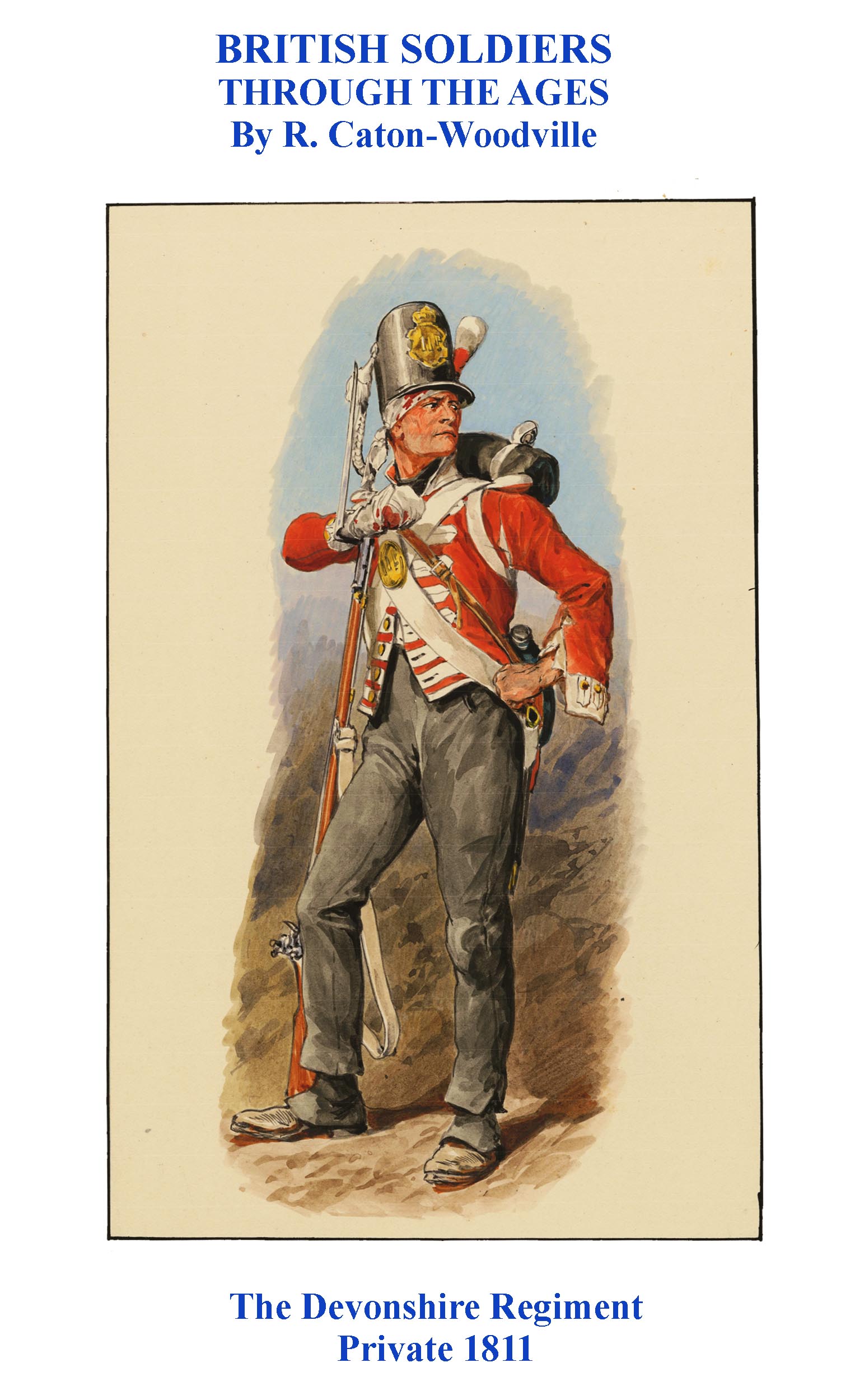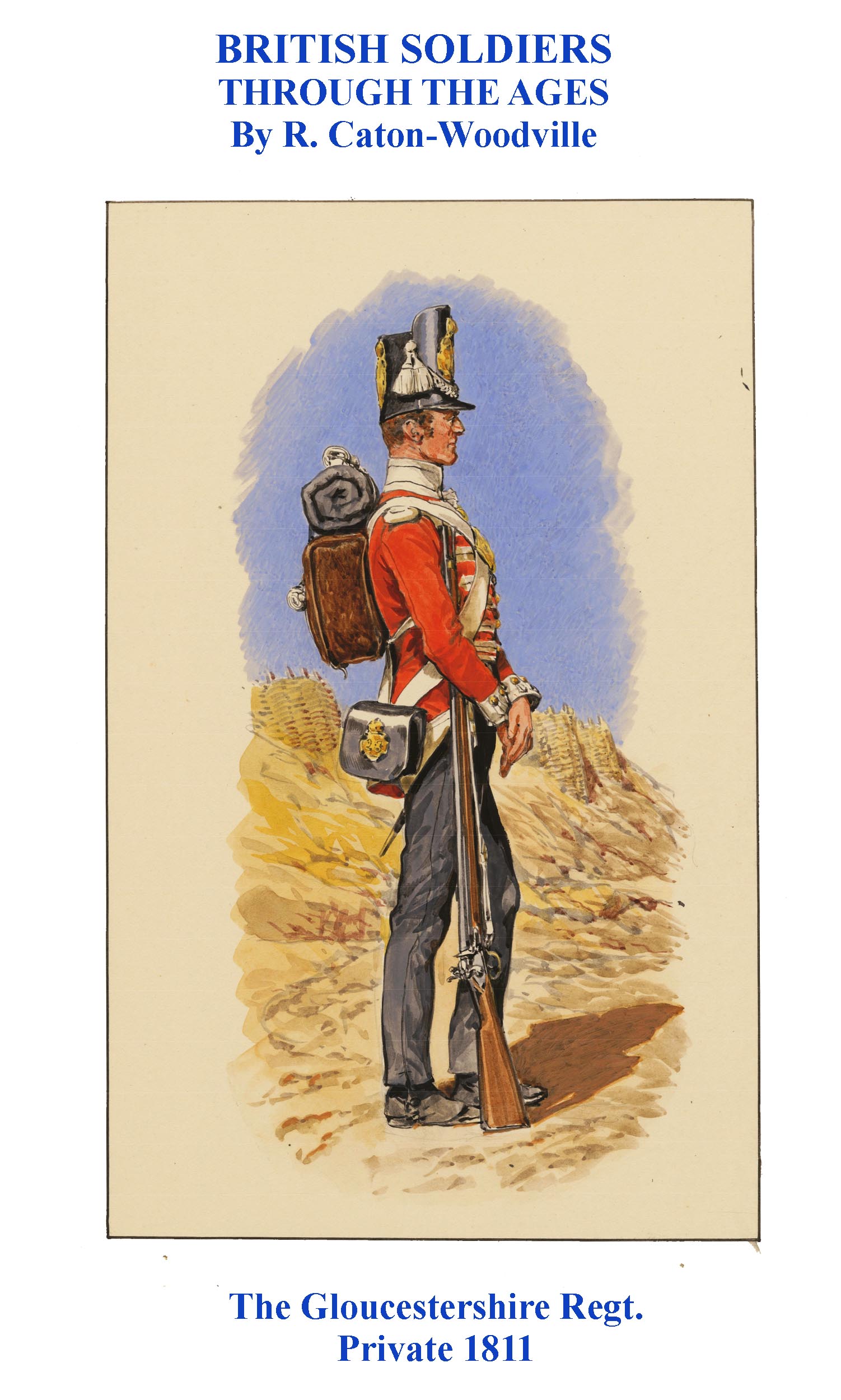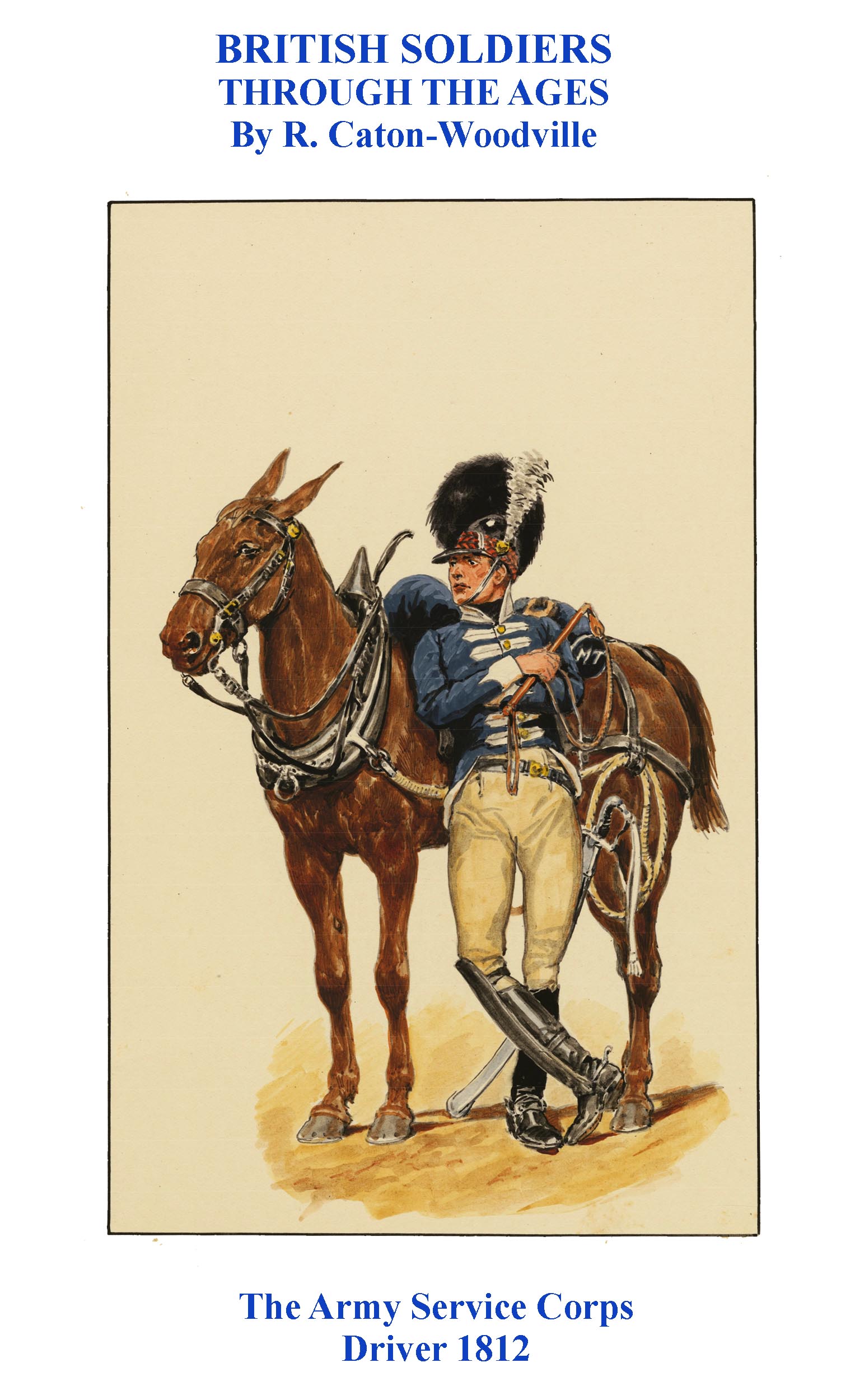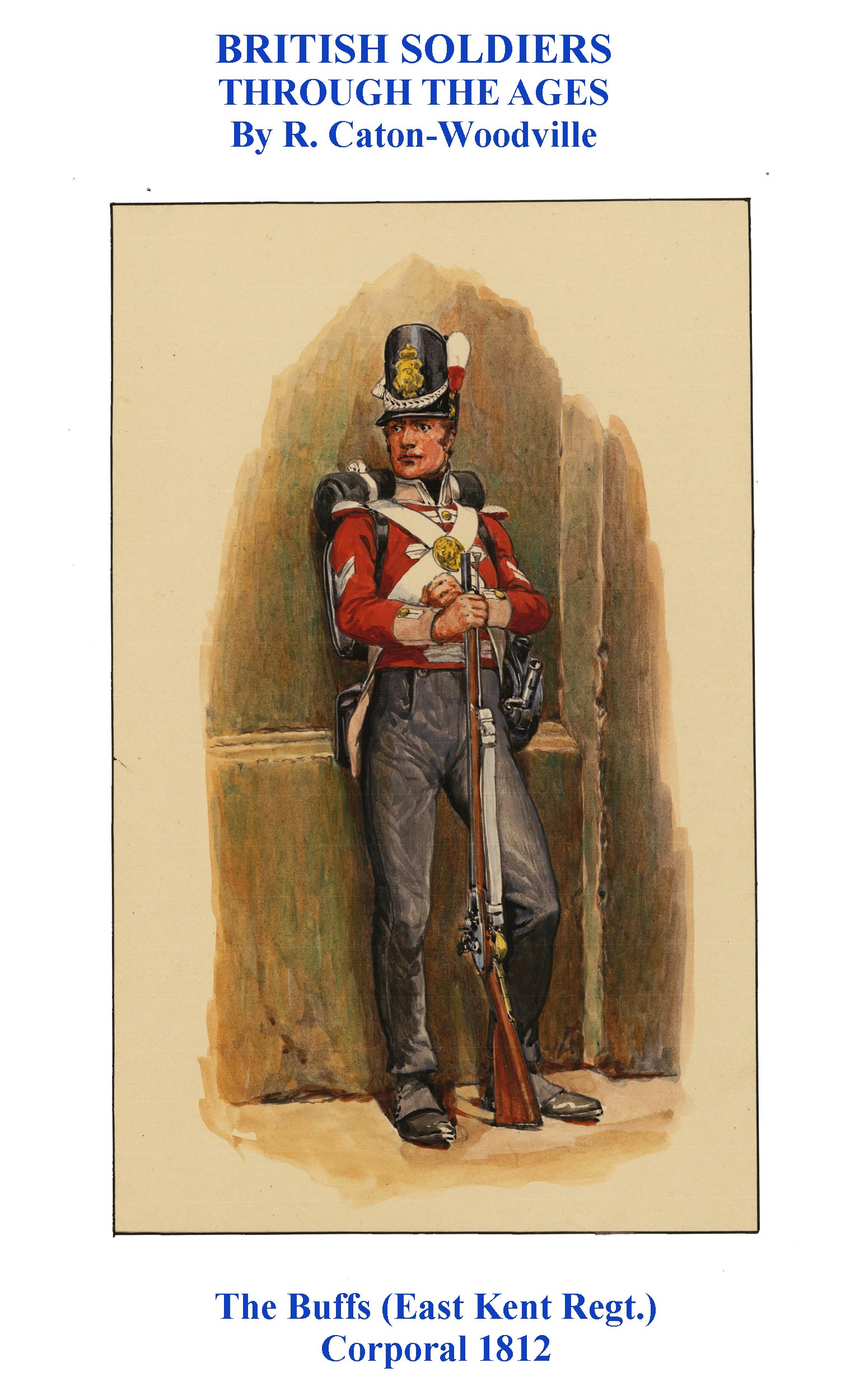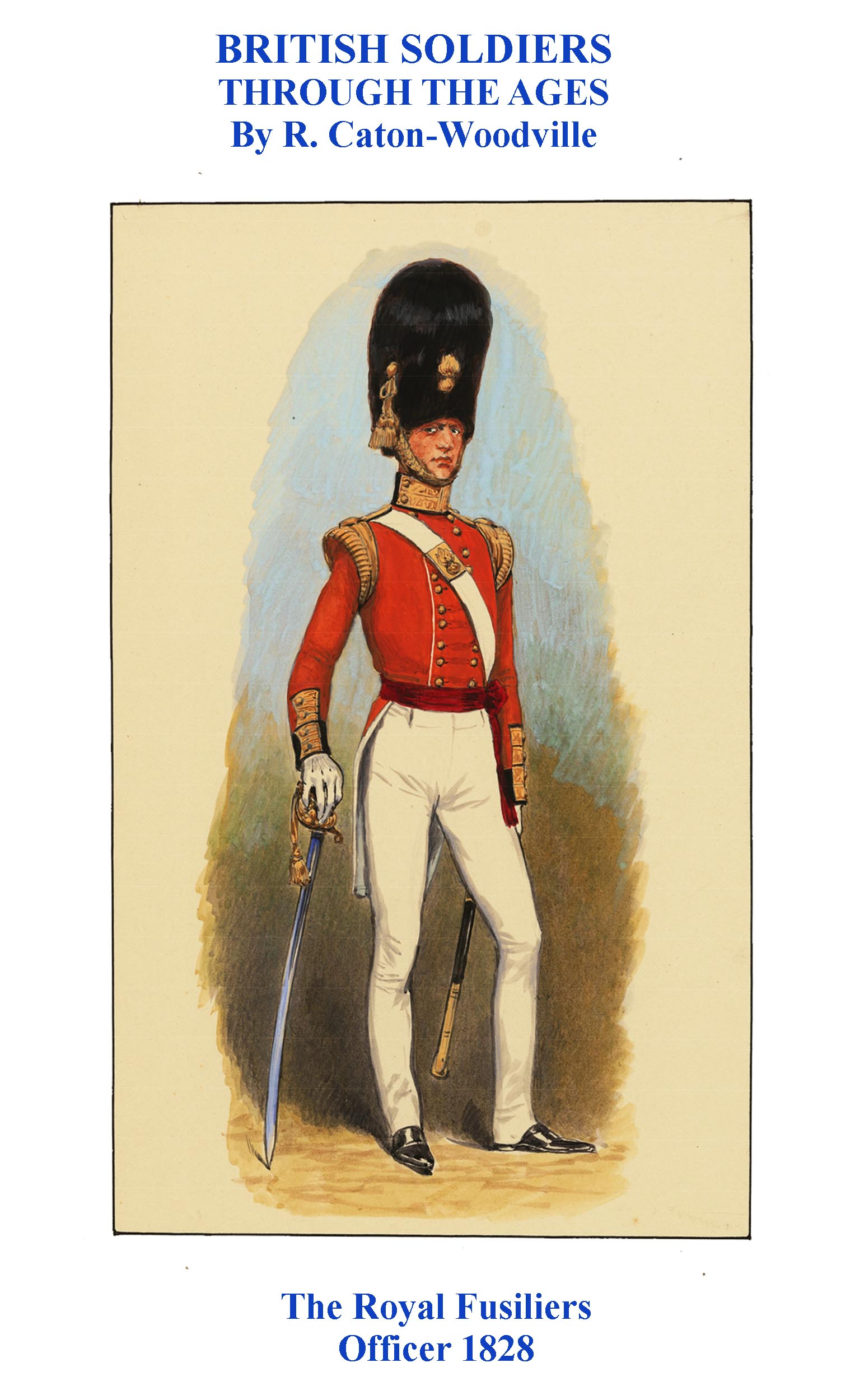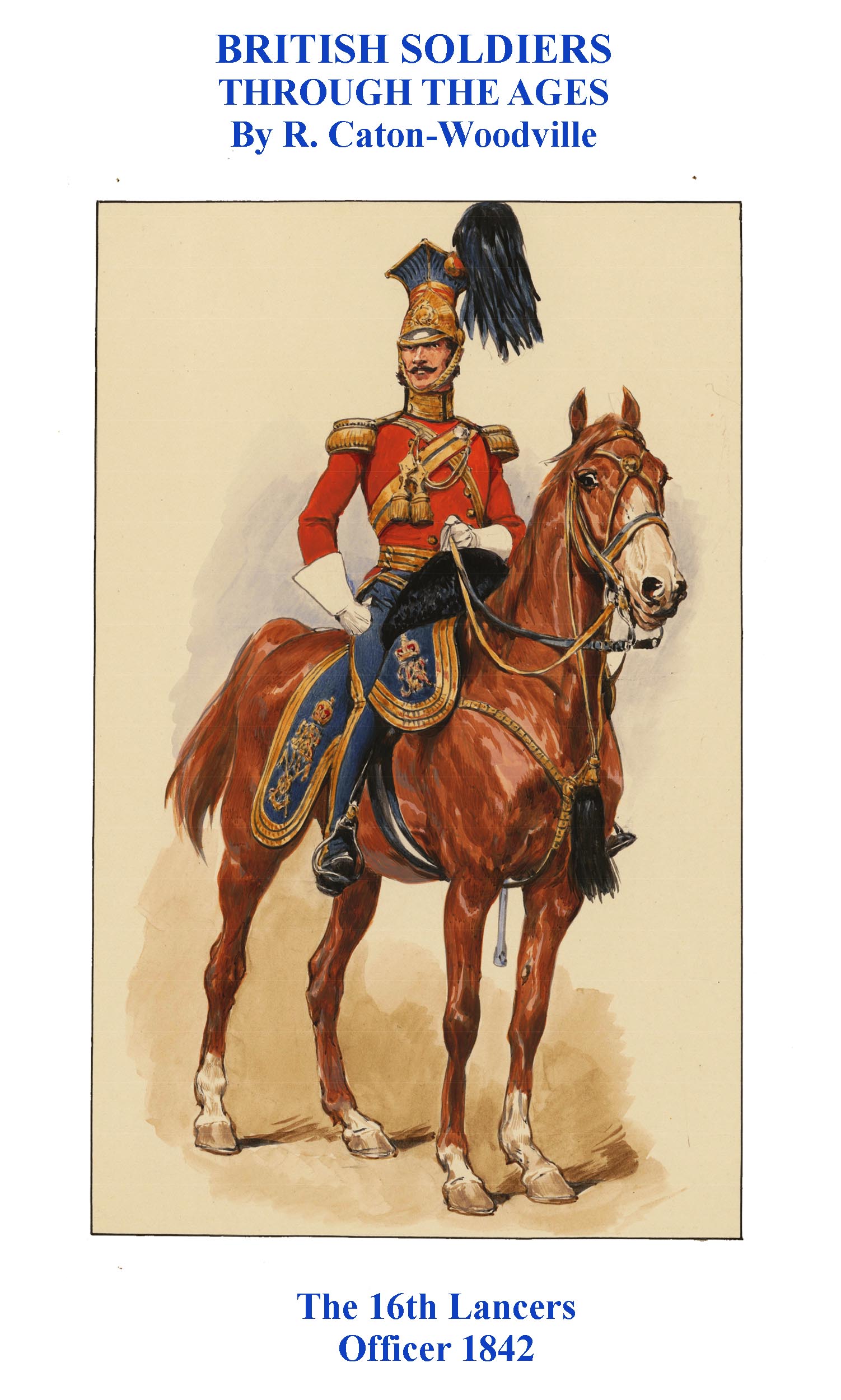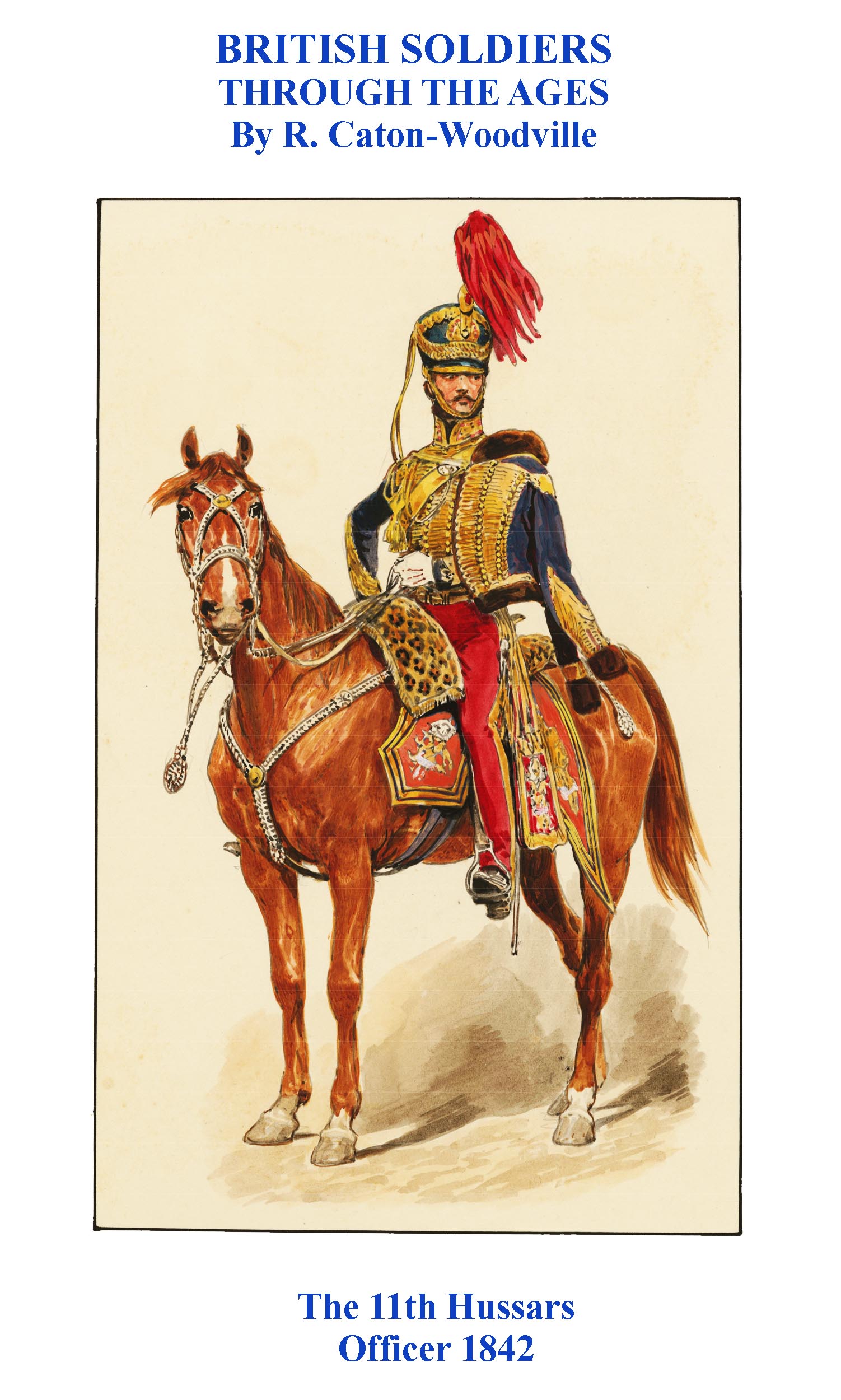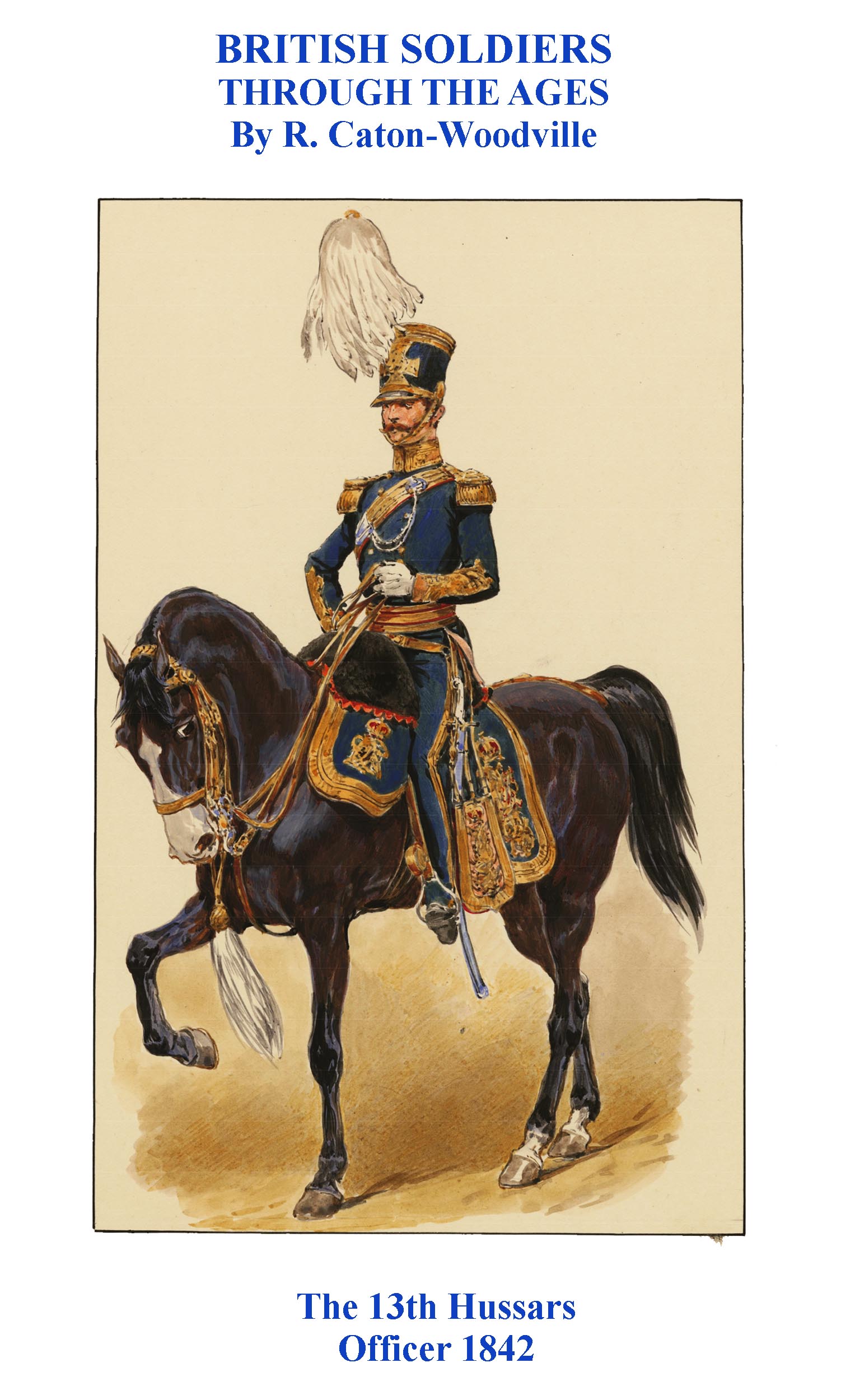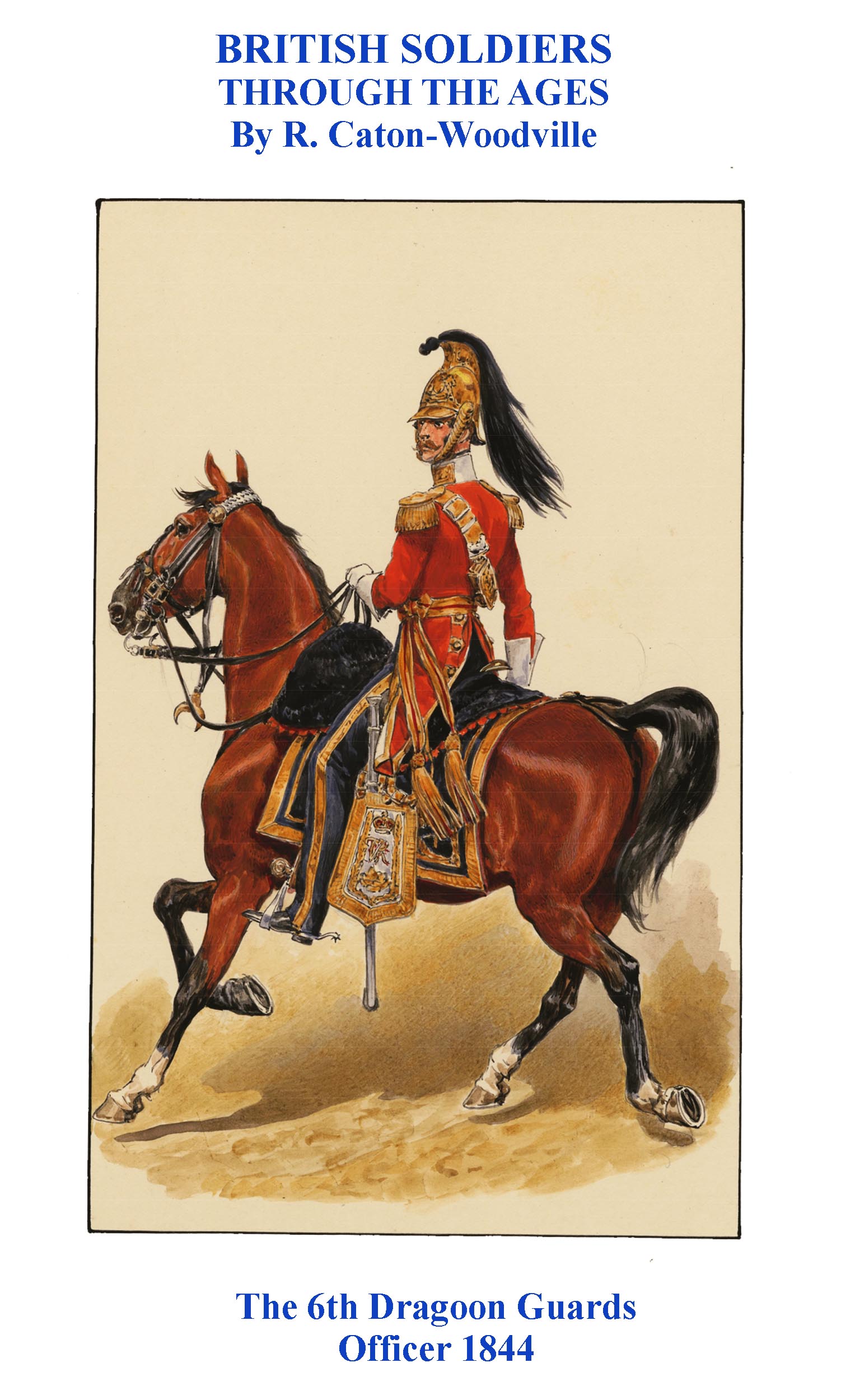UNIFORMS OF THE BRITISH ARMY
By R. Caton Woodville
ABOUT THE ARTIST
(I have taken this verbatim from the Wikapedia entry as I could not do any better)
The son of Richard Caton Woodville Sr., who was also a talented artist, Woodville studied at the Düsseldorf school of painting under the Prussian military artist Wilhelm Camphausen, and then Eduard von Gebhardt, before briefly studying in Russia and then Paris under Jean-Léon Gérôme. Woodville spent most of his career working for the Illustrated London News, where he quickly developed a reputation as a talented reporter and writer, but was also published in Cornhill Magazine, Strand Magazine, and The Tatler.
Richard Caton Woodville first experienced battle first-hand when he was sent by the Illustrated London News to report upon the Russo-Turkish War (1877–1878), and then again in the 1882 Anglo-Egyptian War, where he made numerous sketches in December 1882, and also obtained photographs of the trenches at Tel-e-Kebir for his friend and co-artist Alphonse-Marie-Adolphe de Neuville, who had been commissioned to paint a scene of the battle.
In 1879, Woodville's Before Leuthen, 3 Dec 1757 was exhibited in the Royal Academy. It proved popular, and afterwards he began to regularly be exhibited in Burlington House, where 21 of his battle paintings were eventually shown. His most popular works there were ones that dealt with contemporary wars, such as the Second Anglo-Afghan War, Candahar [sic], and Maiwand: Saving the Guns, (Walker Art Gallery), the Zulu War, and the First Boer War. His works from Egypt were exhibited at the Fine Art Society in 1883, where his painting The Moonlight Charge at Kassassin proved very popular. The following year he exhibited by Royal Command another painting he had done of the war in Egypt, entitled The Guards at Tel-e-Kebir (Royal Collection). In 1896 he designed the reverse of the British South Africa Company Medal.
He continued to paint scenes of battle, and few battles or wars that Great Britain fought during his life were not touched upon by him, including the Second Boer War, and World War I. Despite his precocious talent for capturing the dramatic moments of contemporary battles, Woodville also enjoyed recreating historical scenes in both oil and watercolour. The Illustrated London News commissioned him to complete a commemorative special series recreating the most famous British battles of history. He depicted The Charge of the Light Brigade (Palacio Real de Madrid) and The Charge of the 21st Lancers at Omdurman (Walker Art Gallery), Battle of Blenheim, Battle of Badajos and several Battle of Waterloo pictures.
During World War I, Woodville was compelled to return to the depiction of current events, and three of his Great War works were displayed in the Royal Academy. These were The 2nd Batt. Manchester Regiment taking six guns at dawn near St. Quentin, Entry of the 5th Lancers into Mons, and Halloween, 1914: Stand of the London Scottish on Messines Ridge (London Scottish Regiment Museum Trust) exhibited in the year of his death, 1927.
During his lifetime, Woodville enjoyed great popularity and was probably considered[by whom?] the best artist of his genre. He wrote as well as painted, and was often the subject of magazine and journal articles. He had a deep passion for the British Army and had even joined the Berkshire Yeomanry in 1879, staying with them until 1914 when he joined the National Reserve as a Captain.
He married Annie Elizabeth Hill in 1877 and had twin sons, actor Anthony Caton Woodville and painter William Passenham Caton Woodville, in 1884.[3] His wife sued him for divorce in 1892. In spite of his success, Caton Woodville suffered financial problems, and was declared bankrupt in 1905.
On 17 August 1927, Woodville was found shot at his studio at St John's Wood; a revolver was also found. An inquest determined that he was of unsound mind when he committed suicide. Caton Woodville died effectively destitute and his grave (No 10112 in the old section of St Mary's Catholic Cemetery, Kensal Green) was not marked at the time of his death. In September 2013 a headstone, commissioned by his great-grandson, was placed on the grave.
Richard Caton Woodville is still exhibited in the National Army Museum, the Tate, Walker Art Gallery, and the Royal Academy.
A NOTE ON THE ILLUSTRATIONS
These illustrations were done quite early in Caton Woodville's career. As with many Victorian artists, his accuracy was doubtful at best. The dating on his subjects is somewhat suspect and the detail, while beautifully rendered is often not correct. For instance, the Belgic shako dated as 1811 and 1812 on three of his subjects was not introduced until 1812 and not all regiments had received it by 1815. This was possibly a volume for younger boys as he titles each plate with the contemporary name of the regiment. Nevertheless, these are vivid illustrations and excellent examples of Victorian military art.
CLICK ON IMAGE TO ENLARGE

